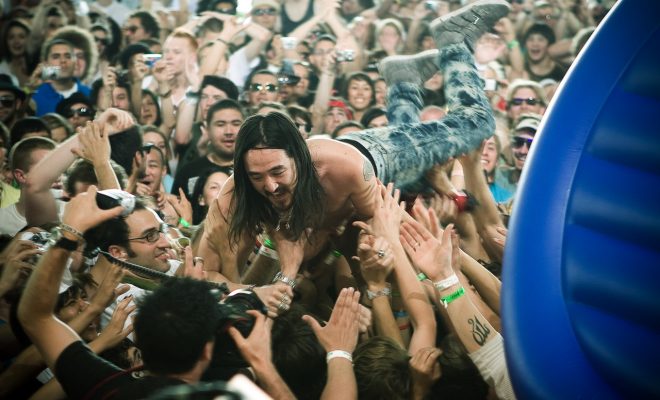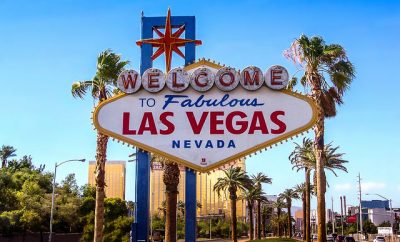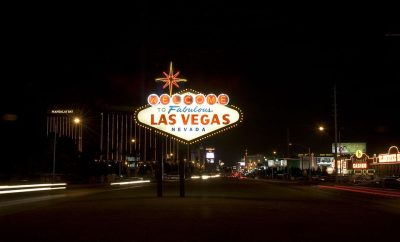 Image courtesy of [Jared eberhardt via Flickr]
Image courtesy of [Jared eberhardt via Flickr]
Law
Hickman v. Hard Rock Cafe International: Are Venues Responsible for Performers Gone Rogue?
Brittany Hickman was on a weekend getaway to San Diego with her coworkers in 2013, when they decided to attend a show by well-known DJ Steve Aoki at the Hard Rock Hotel. Aoki is known for stunts and antics during his shows. During the performance, Aoki jumped from the stage onto an inflatable raft. Hickman was knocked to the ground and trapped underneath, injuring her. Hickman recently sued Hard Rock Hotel for her injuries, and the jury sided with the hotel. Yet Hickman’s case raises an important question–what responsibilities do venues have to make sure that performers don’t harm the people who come to see their shows?
The Hickman v. Hard Rock Case’s Hard Facts
During his performance Aoki put a new spin on crowd-surfing when he crowd-rafted–he jumped onto an inflatable raft being held up by the crowd. You can see it in the surveillance video:
Hickman claimed that she was right under the raft, and when he jumped he struck her head; she and others were knocked to the ground. The security guards carried her out of the crowd, and she was disoriented when she came to. According to Hickman, she later found out that in addition to being concussed, she had “broken her neck” and was lucky that she wasn’t paralyzed. According to local news coverage:
‘If I would have thrown my arms above my head or reached for something, I could have paralyzed myself,’ she said.Hickman said she was in the hospital for three days and wasn’t allowed to work for two months.‘I just want to be back to the way I was before,’ she said.
The jury decided 10-2 in favor of the defendant, the hotel. Hard Rock’s lawyers mostly focused on the fact that Hard Rock had no idea that Aoki was going to complete the stunt, and that Hinkman’s injuries weren’t as severe as she had claimed.
Other Audience Injury Cases
Performers are constantly looking to push boundaries during performances–cool stunts can spark publicity, especially when they’re captured by concert-goers and go viral on social media platforms. But the bigger the stunt, and the closer it gets to the audience, the more potential there can be for injury. Take R&B artist Miguel’s stunt at the Billboard Music Awards in 2013. He tried to jump from one section of the stage to the other, and kicked two women in the face. Here’s a gif of the incident:
There was a lawsuit brought against Miguel in 2015 for the incident, filed by one of the women who he kicked in the face. MGM Grand Hotel, where the performance took place, was also sued.
A few years ago, a man was allegedly injured by a blue ball that flew into the audience at a Blue Man Group show in San Francisco. He sued both the Blue Man Group and the venue, the Golden Gate Theatre.
So…Who’s on the Hook?
Stunts by performers are incredibly trendy, and when they go well, they’re pretty cool. But when they go poorly, they not only can put performers at risk, but spectators as well. When they go really poorly, they can rack up serious legal and medical bills. While Hinkman’s case wasn’t successful, it’s highly doubtful that it will be the last lawsuit of its kind.








Comments